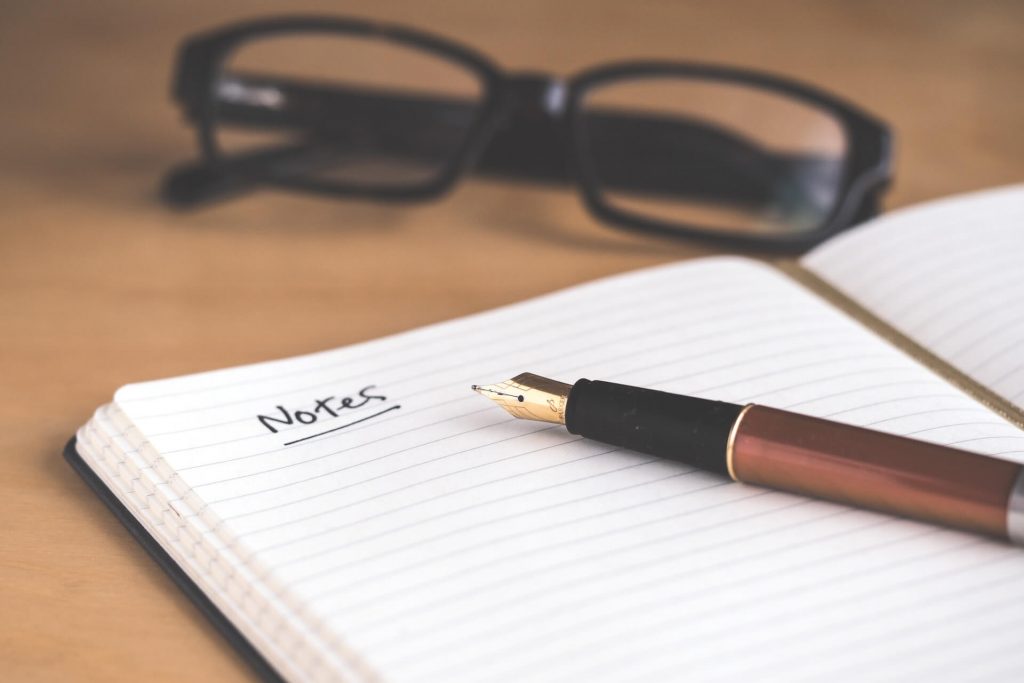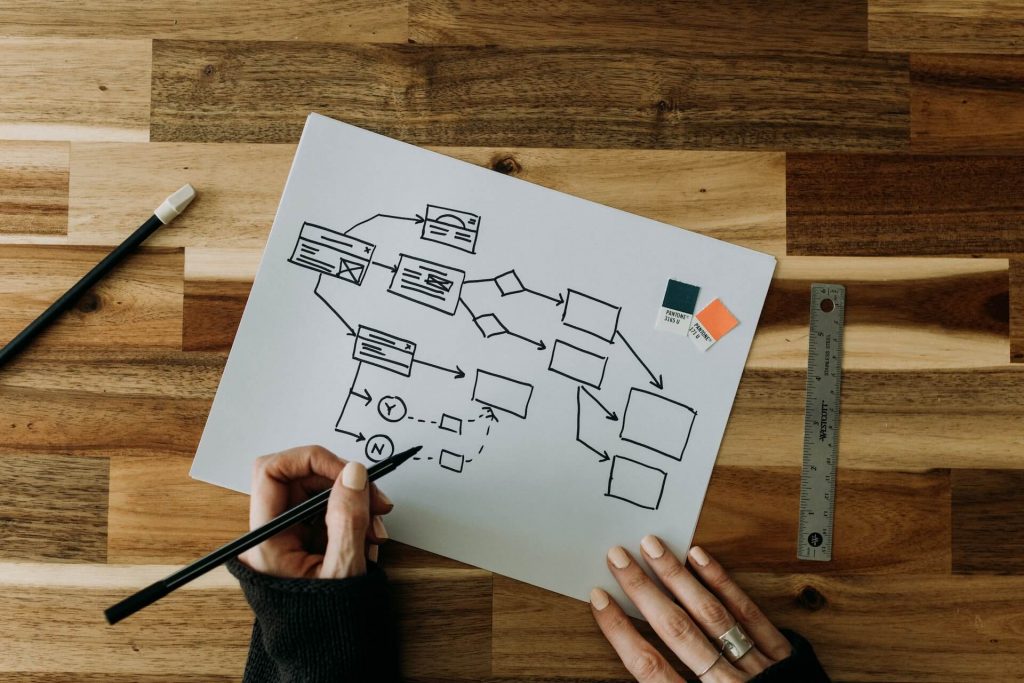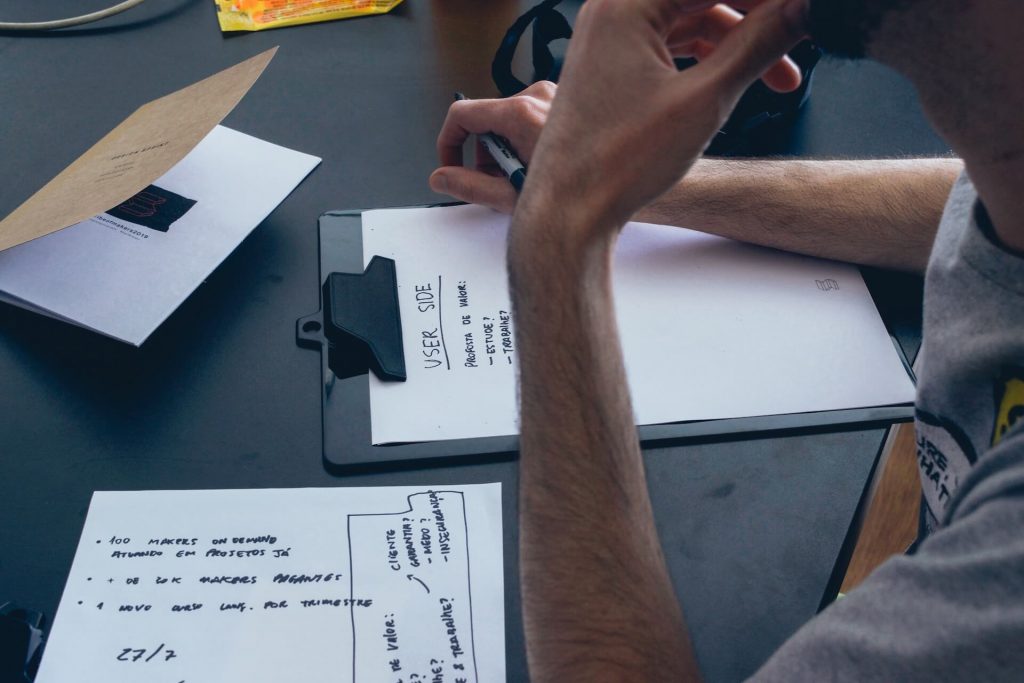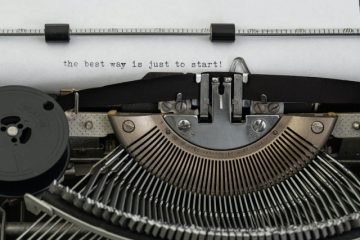In a world inundated with information, the skill of note-taking emerges as an invaluable tool for absorbing, retaining, and processing knowledge. It transforms the ephemeral nature of spoken words into a tangible record of insights, enabling us to distill complex concepts and revisit them at our convenience. Effective note-taking is an art that surpasses mechanical transcription—it’s about active engagement, selective extraction, and structured organization. In this comprehensive guide, we delve into the nuances of mastering the art of effective note-taking in both educational and professional settings, highlighting strategies that empower you to become a note-taking virtuoso.
Active Listening

Note-taking begins with active listening, a process that transcends the mere act of hearing. Whether you’re seated in a lecture hall or a conference room, engaging your auditory senses is paramount. Pay attention to tone, inflection, and emphasis, as they often convey hidden layers of meaning. Instead of feverishly attempting to transcribe every spoken word, focus on understanding the main ideas and overarching themes. This not only enhances your note-taking accuracy but also encourages deeper comprehension of the subject matter.
Use Abbreviations and Symbols
The velocity of information exchange in today’s fast-paced world demands a note-taking technique that matches the rhythm. Abbreviations and symbols act as your allies in this endeavor. By developing a personalized set of shorthand, you can encapsulate entire phrases with a few strokes of your pen. “&” becomes “and,” “w/” stands for “with,” and “->” signifies “leads to.” These symbols might appear inconspicuous, but they wield the power to expedite your note-taking process without sacrificing content quality.
Choose a Note-Taking Method

A plethora of note-taking methods await your exploration, each catering to different learning styles and preferences. The Outline Method structures your notes hierarchically, organizing them with headings and subheadings that delineate content hierarchy. If you seek a concise yet comprehensive approach, the Cornell Method divides your note paper into distinct sections: one for main ideas and another for supporting details. A final summary section at the bottom crystallizes the essence of your notes for quick reference.
Capture Main Ideas
The heart of effective note-taking lies in capturing the essence— the main ideas that underpin the entire discussion. Amidst the ebb and flow of conversation, distill the core concepts and key takeaways. Instead of becoming bogged down in trivial details, aim to encapsulate the overarching themes that define the discourse. Think of your notes as a condensed reflection of the intellectual journey, with main ideas serving as signposts guiding you through the landscape of information.
Visual Aids

In today’s era of multimedia communication, visual aids like slides, diagrams, and graphs often play a pivotal role in presentations. Incorporating these visuals into your notes can significantly enhance your comprehension and retention. Rather than struggling to describe a complex graph, a simple sketch or a snapshot of the visual can encapsulate its essence succinctly. Visual aids not only make your notes visually engaging but also amplify your understanding of intricate concepts.
Keywords and Highlighting
Navigating the labyrinth of notes becomes more manageable with strategic use of keywords and highlighting. As you revisit your notes, these visual cues serve as guiding lights, directing your attention to critical points. By emphasizing keywords, essential concepts, or significant phrases, you create a roadmap that facilitates quick comprehension during subsequent reviews.
Stay Organized

The beauty of effective note-taking extends beyond content— it’s also about organization. Implement a structure that enhances clarity and accessibility. Incorporate headings, subheadings, bullet points, and numbered lists to create a visual hierarchy. Consistent formatting aids comprehension, allowing you to navigate through your notes with ease and locate specific sections effortlessly.
Review and Summarize
Your note-taking journey doesn’t conclude with the conclusion of the session; it thrives through reflection. After the meeting or class, allocate time for reviewing your notes. This process deepens your understanding, reinforces memory retention, and culminates in concise summaries that capture the essence of the discussion. Summaries offer a quick refresher, enabling you to revisit key insights swiftly.
Digital vs. Analog

In a digital age, note-taking tools range from traditional pen-and-paper methods to modern digital platforms. Tablets, laptops, and note-taking apps introduce advanced organizational features and convenience. However, don’t underestimate the charm of tactile note-taking. Experiment with both approaches to discover the mode that harmonizes with your learning style and enhances your note-taking experience.
Regular Review
Retaining knowledge hinges on regular review. Integrate this practice into your note-taking routine. By revisiting your notes periodically, you reinforce your memory, cementing the information in your long-term recollection. Your notes evolve from static records to living references that flourish through each review.
Asking Questions

The path to mastery involves curiosity and active participation. Don’t hesitate to seek clarification during meetings or classes. Asking questions not only enriches your understanding but also transforms note-taking into an interactive process. It paves the way for a deeper exploration of the subject matter, leading to more insightful and accurate notes.
Adapt to Your Style
The canvas of effective note-taking is vast and adaptable. Embrace the flexibility to tailor techniques to your unique learning style. Experiment with different methods, adapting them to suit your preferences. Over time, you’ll uncover the note-taking approach that resonates with you, transforming it into an art form personalized to your needs.
Effective note-taking is the bridge between momentary exposure to information and a lifetime of understanding. It’s the tapestry that interweaves knowledge, enabling you to navigate the realms of learning and growth. Remember, note-taking isn’t a passive act; it’s an active engagement with knowledge that empowers you to capture insights and weave them into the fabric of your intellectual journey.


